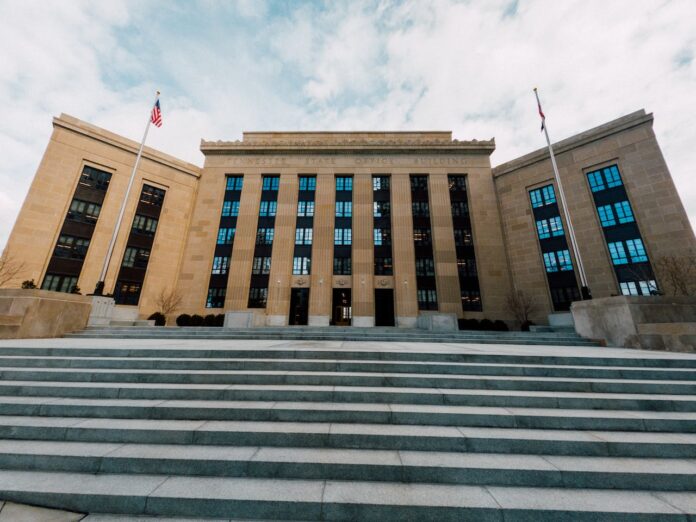The Federal Reserve, commonly referred to as ‘The Fed,’ serves as the central bank of the United States and is a pivotal institution in global finance. Its decisions and policies have far-reaching implications, not just for the U.S. economy but for the global financial system. In this article experts like Kavan Choksi aim to provide a comprehensive overview of the Federal Reserve, its functions, and its impact on the economy.
The Federal Reserve’s Origins and Purpose
1. Establishment: The Federal Reserve was established in 1913 in response to a series of financial panics, notably the panic of 1907. Its primary aim was to create a more stable and secure financial system.
2. Dual Mandate: The Federal Reserve operates with a dual mandate: to maximize employment and stabilize prices. This involves managing inflation and promoting sustainable economic growth.
Structure of the Federal Reserve
1. Federal Reserve Board: The Federal Reserve Board, based in Washington D.C., is the governing body of the system, comprising seven governors appointed by the President of the United States.
2. Federal Reserve Banks: There are 12 regional Federal Reserve Banks located in major cities across the U.S. These banks operate within their own districts but under the broader policy guidelines of the Federal Reserve Board.
3. Federal Open Market Committee (FOMC): The FOMC is crucial for monetary policy decisions. It consists of the Board of Governors and five of the twelve regional bank presidents, who meet regularly to discuss and decide on monetary policy.
Key Functions of the Federal Reserve
1. Monetary Policy: The Fed controls monetary policy mainly through adjusting interest rates and conducting open market operations, which involve buying and selling government securities.
2. Bank Regulation and Supervision: The Fed oversees and regulates the U.S. banking system to ensure stability and integrity, preventing bank failures and promoting safety and soundness in the financial system.
3. Financial Services: The Federal Reserve provides various financial services, including managing the nation’s payments system, distributing coin and paper money, and acting as a banker for the U.S. Treasury.
The Fed’s Impact on the Economy
1. Influencing Economic Activity: By adjusting interest rates, the Fed influences borrowing, spending, and investment, which in turn affects economic activity and job creation.
2. Controlling Inflation: Through its monetary policy tools, the Federal Reserve aims to control inflation, balancing the need for price stability with the goal of maximizing employment.
3. Crisis Management: In times of economic crisis, the Fed often takes extraordinary measures to stabilize financial markets and the economy, such as quantitative easing during the 2008 financial crisis and the COVID-19 pandemic.
Challenges and Criticisms
1. Balancing the Dual Mandate: Balancing the goals of maximum employment and price stability is a continuous challenge, often requiring the Fed to make difficult policy decisions.
2. Political Independence: While the Fed operates independently of the government, its decisions and actions are often scrutinized and can be subject to political pressures.
3. Global Impact: Decisions by the Fed have global repercussions, affecting international financial markets and economic policies in other countries.
The Federal Reserve plays a critical role in shaping the economic landscape of the United States. Its policies and actions are central to managing inflation, fostering employment, and ensuring financial stability. Understanding the functions and operations of the Federal Reserve is essential for anyone interested in the workings of the U.S. and the global economy, as its influence extends far beyond American borders.

















